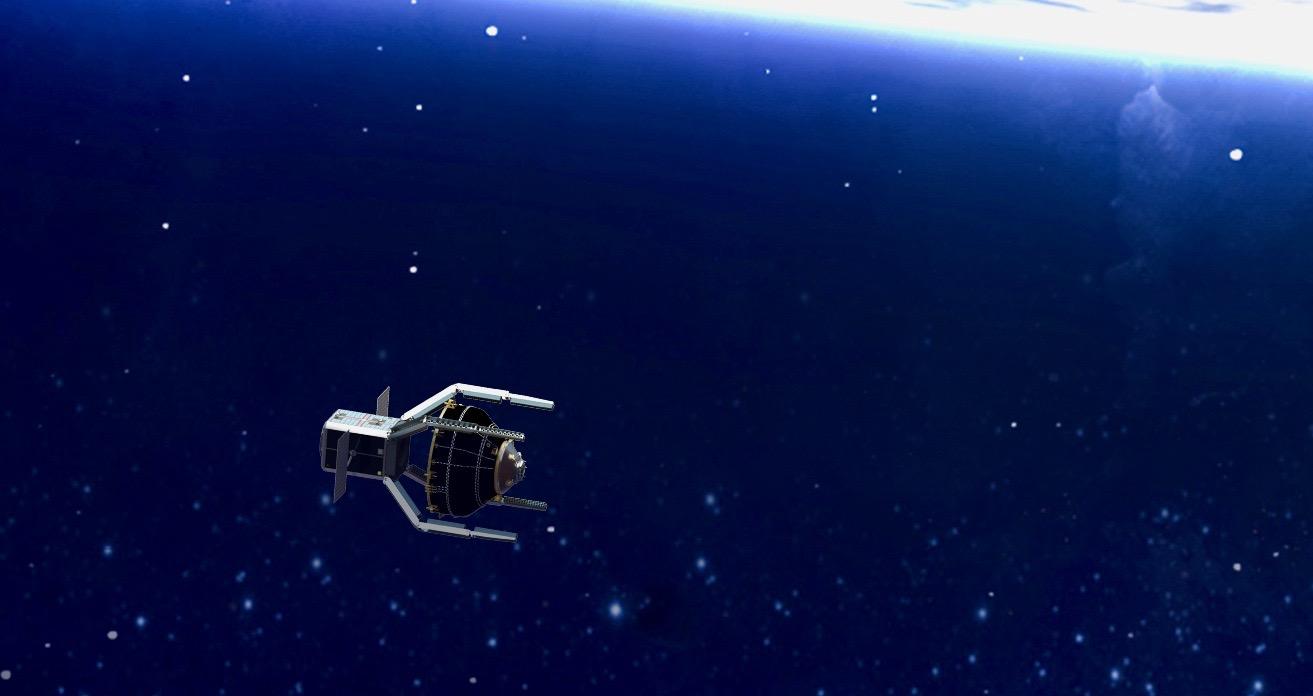
LYON, France—The European Space Agency (ESA) has released details on the active debris removal mission it has commissioned for 2025 after having selected ClearSpace, a Swiss startup company.
The ClearSpace-1 mission will target the Vespa secondary payload adapter left behind in low Earth orbit by a Vega launch in 2013. With a mass of 100 kg (220 lb.) and a diameter on the order of 1-2 m, the ESA-owned Vespa is close in size to a small satellite, making it a suitable object for a demonstration.
The ClearSpace-1 “chaser” will capture the Vespa using four robotic arms. The combined chaser and Vespa will then be deorbited to burn up in the atmosphere. This will be the case only for the demonstration. In future follow-on missions, the arms will release the target object and the chaser will be reused.
A €100 million ($110 million) mission co-funded by private investors, ClearSpace-1 will show regulators that the technology is available, according to Holger Krag, head of ESA’s Space Safety Program Office and the agency’s lead expert on debris issues.
Established by a team of space debris researchers based at Ecole Polytechnique Federale de Lausanne research institute, ClearSpace is only two years old and had thus far been studying the removal of cubesats. It will submit a final proposal before starting the project next March. ESA and ClearSpace will sign a service procurement contract.
The mission will benefit from ESA work such as the development of guidance, navigation and control technologies and rendezvous and capture methods. On ESA’s side, the project is called Adrios, an acronym for Active Debris Removal/In-Orbit Servicing.
“Even if all space launches were halted tomorrow, projections show that the overall orbital debris population will continue to grow, as collisions between items generate fresh debris in a cascade effect,” says Luisa Innocenti, head of ESA’s Clean Space initiative. “NASA and ESA studies show that the only way to stabilize the orbital environment is to actively remove large debris items.”
ESA Director General Jan Wörner has been a strong promoter of funding active debris removal.





